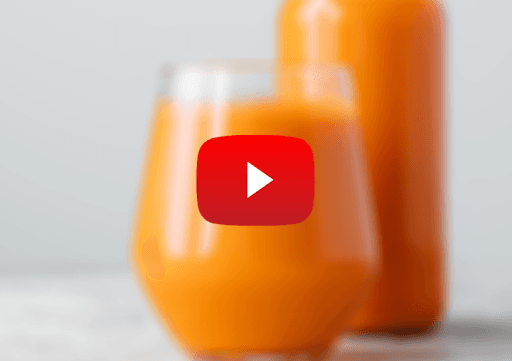You’re drinking water WRONG
Hydration is a vital component of health, but popular trends may lead us astray when overemphasizing water consumption without considering the necessary balance of electrolytes.
It might be surprising to know that frequent restroom visits, say more than six times a day, could signal a potential imbalance in your hydration strategy.
"If you have to pee more than six times in a day, you're not hydrating properly."
Clearly, simply drinking more water isn’t always the answer. Those massive refillable bottles and the accompanying push to "hydrate or die-drate" is missing a critical component: electrolytes.
Your body relies on a delicate balance of fluids and electrolytes to function smoothly. When this balance is disrupted by excessive water intake without replenishing electrolytes, your body tries to rectify it through increased urination.
- Helps balance fluid levels
- Prevents excessive bathroom trips
Not all electrolytes are created equal. It's essential to choose a supplement that avoids added sugar and artificial sweeteners, opting instead for a clean product with adequate sodium levels.
Consider products like sod’s everyday hydration salts, which can significantly enhance your body's ability to retain water.
- Avoid supplements with unnecessary additives
- Ensure it contains a beneficial level of sodium
Incorporating a high-quality electrolyte supplement into your hydration routine can transform how your body processes water, optimizing both your hydration and overall health. Finding a balanced approach is key to effective hydration—which involves more than just water.
From Around The Web
Wellness Inbox is a blog & weekly newsletter that curates trending news and products related to health and wellness from around the web. We also gather content from various sources, including leading health professionals, and deliver it directly to you.
Please note that we may receive compensation if you purchase any products featured in our newsletter. Wellness Inbox is not affiliated with, nor does it endorse, any health professionals whose content may appear in our newsletter. The information provided is for general informational purposes only and should not be considered medical advice.
The information provided is not intended to replace professional medical advice, diagnosis, or treatment. All content, including text, graphics, images, and information available is for general informational purposes only. We do not guarantee the accuracy or completeness of any information presented and assume no liability for any errors or omissions. The content is subject to change without notice. We encourage you to verify any information with other reliable sources and consult your physician regarding any medical conditions or treatments.







